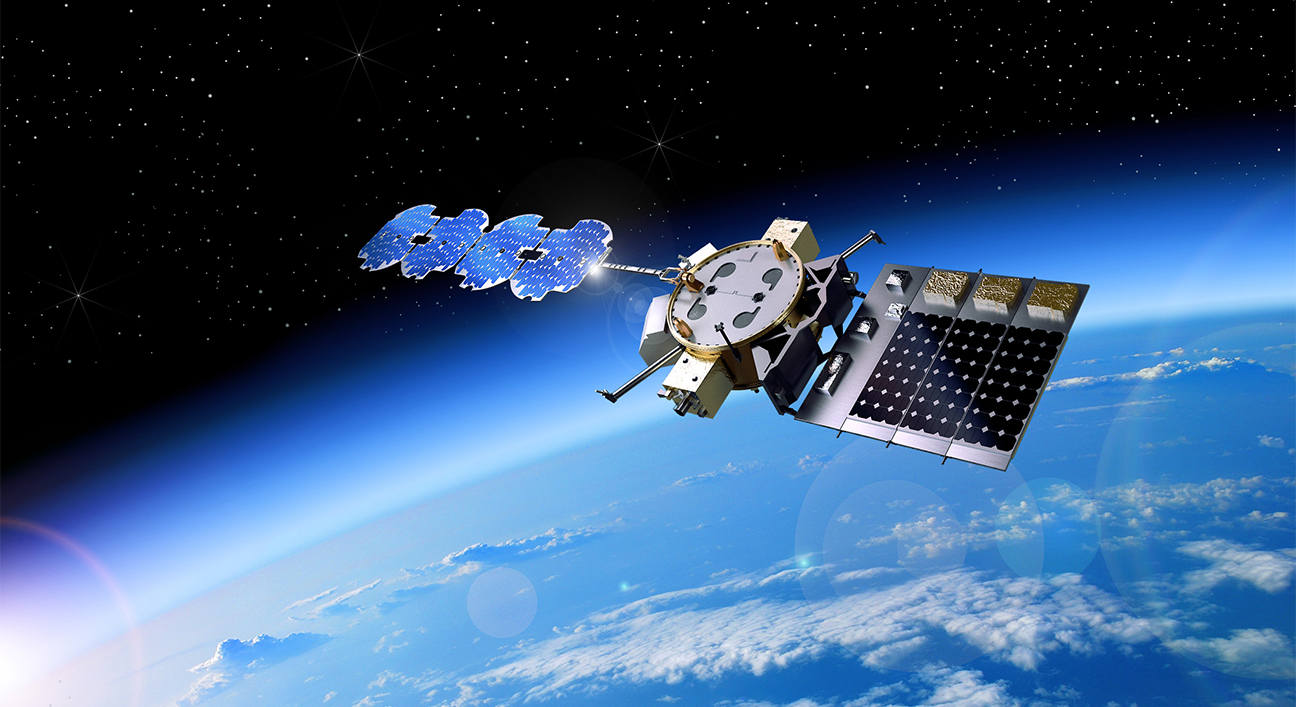Satellites in space harvesting sunlight and turning solar energy into usable power for applications on Earth is an idea that has been studied for decades. But even though the United States was a pioneer in this technology, government interest in taking it from the lab to orbit has been tepid at best.
The U.S. military is now trying to revive the effort. The Naval Research Laboratory launched an experiment in 2020 aboard the Air Force’s X-37B space plane that successfully tested hardware to capture sunlight and convert it into direct current electrical energy.
The NRL experiment, however, was only an in-space demonstration and not intended to beam the power captured in space back to the ground. That capability will be attempted by the Air Force Research Laboratory, if all goes as planned, in a $100 million experiment projected to launch in 2025.
AFRL’s mission, named Arachne, was conceived in response to a military logistics challenge: securing reliable energy sources at austere bases where there is no infrastructure. Today, fuel used to operate field generators has to be transported by trucks, turning these convoys into targets for adversaries. AFRL believes that access to solar power from space could help reduce this vulnerability.
The lab also argues that greater government support for this technology would send a signal to the commercial industry and investors, which would broaden market opportunities.
“Much like the Global Positioning System, which started out as a military asset and transitioned to a technology now used by people everywhere, this solar power beaming system could transition to broader usage, providing solar energy regardless of weather, time of day or latitude,” said AFRL.
Arachne took a leap forward last month when AFRL and Northrop Grumman engineers at a lab in Linthicum, Maryland, demonstrated a so-called “sandwich tile.”
The tile is a critical component that enables energy collection and conversion, explained AFRL program manager James Winter. One side of the tile has a panel of photovoltaic cells that receive solar energy. The electronics in the middle convert direct current to radio-frequency signals, and the other side of the tile has an antenna to beam power.
Now that the tile has been demonstrated, Winter said, the next step will be to figure out how to encapsulate an array of nine tiles into a rocket fairing so it can be launched to orbit on a Northrop Grumman ESPAStar – a bus that can ride as a secondary payload on big national security rockets. Once the satellite is deployed, RF energy will be beamed to a receiving station on the ground, and a rectifying antenna will then convert the RF into usable power.
Winter said the 2020 experiment aboard the X-37B provided helpful insights on the sandwich module, which are being applied to Arachne.
Jay Patel, vice president of Northrop Grumman’s remote sensing programs, pointed out that photovoltaics and RF conversions are well-understood technologies. “But what we’ve been able to do is translate them into the environment that we want them to operate in,” he added. “Arachne is not a lot of invention, but innovation in how we translate some of these tried and true technologies into a mission that’s really going to open up different avenues.”
Space-based solar power got a major endorsement in a November report published by the U.S. Space Force, the Defense Innovation Unit and AFRL. “Incorporating space solar power into America’s space and climate agenda could not only provide yet another arrow in the quiver to address climate change but provide novel ways to engage industry, the public and international partners,” said the report.
But despite military advocacy and technological progress, space-based solar power faces a steep uphill climb.
“Proponents have portrayed it as the smartest, most comprehensive energy solution available, while detractors have seen it as an insanely expensive scheme that will never work,” noted the Aerospace Corp. in a recent study.
As is typically the case in these arguments, the reality lies somewhere in between. But as scientists working on the Arachne mission point out, we will never know the true potential of this technology until the U.S. invests sufficient resources to find out.
Sandra Erwin covers military space for SpaceNews. She is a veteran national security journalist and former editor of National Defense magazine.
“On National Security” appears in every issue of SpaceNews magazine. This column ran in the January 2022 issue.

